Frequently Asked Questions
There are several factors that can cause the room over the garage to be cold in winter or warm in summer.
Wall Insulation – Some rooms over garages have “knee walls” (i.e., walls with open attic space behind), the insulation in a knee wall is often left exposed on the attic side, which degrades the effectiveness of the insulation.
Floor Insulation – Houses in New Jersey prior to 2007 were built to comply with the 1995 CABO MEC Energy Code, which required insulation to be installed under rooms over a garage but with no requirement on the quality of its installation, the insulation was poorly installed down on the garage ceiling.
Airflow – in houses with only one furnace in the basement, this room is the furthest from the furnace, resulting in longer duct runs and more bends than the ducts that serve the other rooms, thus reducing the amount of heating airflow that reaches this room.
Oversized Equipment – In many old houses, the furnaces typically have 50% or more heating capacity that the home requires. The room where the thermostat is located reaches the set temperature causing the system to shut down long before enough heat reaches the furthest rooms from the furnace. Houses with forced air heating systems are comfortable when the system is running, then start to cool down when the system shuts off, oversized systems result in this heating / cooling cycle to happen more frequently than a proper sized system.
As required by New Jersey building codes, Oxford Energy has specified the right sized heating and cooling equipment for your home in accordance with the Air Conditioning Contractors of America (ACCA) Manual S based on building loads calculated in accordance with ACCA Manual J heating and cooling calculation methodologies. At the time your home was built, or your system was replaced, either the building codes did not require right sizing or there was a deficiency in enforcement. Right sizing the equipment is an essential step to maximizing energy savings and the comfort of the occupants.
Existing furnaces have up to 50% or more heating capacity than the home requires, therefore resulting in the furnace blasting a large amount of heat for a short period of time. This blast of heat causes the temperature in the room where the thermostat is located to reach the set temperature quickly causing the furnace to shut down long before enough heat reaches the farthest rooms in the house from the system. Houses with forced air heating systems are comfortable, or over heated, when the system is running, then cool down when the furnace shuts off. An oversized furnace results in this heating / cooling cycle to occur more frequently than a right sized system. A right sized furnace maximizes your comfort by extending the time the system runs to deliver and circulate the heated air in the home, providing more even temperatures throughout, even in the farthest rooms. The longer furnace run time does not increase natural gas usage, the amount of natural gas used is determined by the home’s heating load and the efficiency of the system.
An oversized air conditioner results in a decrease in the system’s ability to properly dehumidify, causing an uncomfortable cool humid feeling, homeowners often mistake this as their air conditioner being too small. In addition, new highly efficient air conditioners require the system to run longer than older inefficient systems to achieve a cold indoor coil necessary to remove moisture from the air. A right sized air conditioner at startup expends most of its effort toward dehumidification, as humidity levels decrease the system then cools very efficiently. An oversized unit is deficient at dehumidification and mostly just cools the air in the home.
Oxford Energy has reviewed all pertinent information regarding the obtainable details of your home, the heating and cooling load calculations, and the size of the equipment in your Scope of Work. Oxford Energy stands by the specified equipment as being the right sized systems for your home to maximize energy savings and your comfort.
Effective January 1, 2023, the Department of Energy has mandated new minimum efficiency standards. These changes will impact newly manufactured air conditioners and heat pumps that may affect the system(s) installed in your new home.
NEW TESTING STANDARDS
Today, home heating and cooling systems use a testing procedure, the M Standard, to rate their energy efficiency. The cooling efficiency of air conditioners and heat pumps are measured in Seasonal Energy Efficiency Rating (SEER), and the heating efficiency of heat pumps are measured in Heating Season Performance Factor (HSPF).
Beginning in 2023 the Department of Energy will measure energy efficiency with a new testing procedure known as the M1 Standard. This new testing procedure will produce energy efficiency ratings that use new terms to describe energy efficiency: SEER2, and HPSF2. The M1 Standard produces SEER2 and HSPF2 ratings that have lower numerical values compared to the M standard. For example, a system that is rated 16 SEER using M Standard would achieve approximately 15.2 SEER2 under M1 Standard.
Your replacement will still come with a reliable HVAC system from TRANE, whether your system has an M standard or M1 standard system, that adheres to Department of Energy requirements for energy efficiency.
This means starting from January 2023, as Department of Energy converting efficiency ratings to SEER2/EER2 standards, model numbers and efficient ratings are subject to change.
“Atmospherically vented” water heaters with metal flue pipes raise a lot of combustion-related safety risks, including vulnerable appliances, pressure imbalance, back drafting etc.
Furthermore, water heaters are the second highest source of energy usage in the home, but ENERGY STAR certified water heaters reduce up to 50% of energy usage.
It is not suggested in the New Jersey Clean Energy guideline that leaving any "Atmospherically vented" water heater in the house if the house is going through the "whole-house" design approach.
We choose ENERGY STAR® certified products like The Rinnai Sensei tankless water heating system that provides endless hot water with much less energy consumption.
The Inflation Reduction Act of 2022 (IRA or Act) is a recently passed U.S. law designed to advance clean energy and reduce greenhouse gas emissions through support for investment in domestic energy production, energy efficiency and beneficial electrification. The legislation provides over $9 billion in rebates and tax credits to help households install important home upgrades, increase energy efficiency, and use renewable energy.
Homeowners and landlords of single- and multi-family homes can benefit from savings with the Home Energy Performance-Based, Whole-House rebate program (the HOMES rebate program). Program eligibility is not income-based and instead measures the actual performance of your whole-home energy efficiency and electrification improvements.
Further details will be developed as the U.S. Department of Energy issues guidance to states and New Jersey HPwES sponsors' announcements on program offerings.
If you have any further questions about the Inflation Reduction Act, we suggest you consult your CPA for more questions.
Resource Library
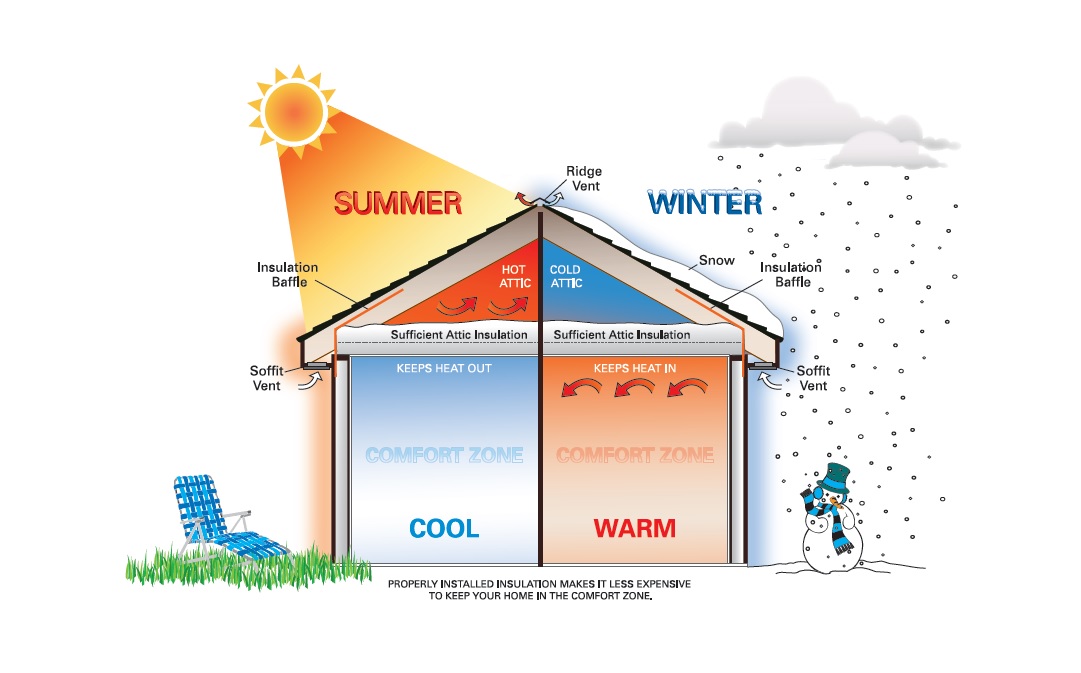
Air Sealing & Attic Insulation
Increase comfortability and save energy efficiently
Air sealing and insulation will keep cool air in during the summer and out during the winter. You will need a professional to locate and properly seal common leakage paths that may be hidden in attics, crawlspaces, and basements. Sealing the attic before insulating will maximize the effectiveness of your insulation investment and protect against possible moisture problems in the future.
R-22 Remediation
What does the R-22 phase-out mean to you?
Effective January 1, 2020, R-22 Refrigerant is illegal to import or manufacture in the United States due to its harmful effects on the Ozone layer. If you have an R-22 system or unsure, and are concerned, reach out to schedule an assessment with our technical advisor by calling 609-702-7314.
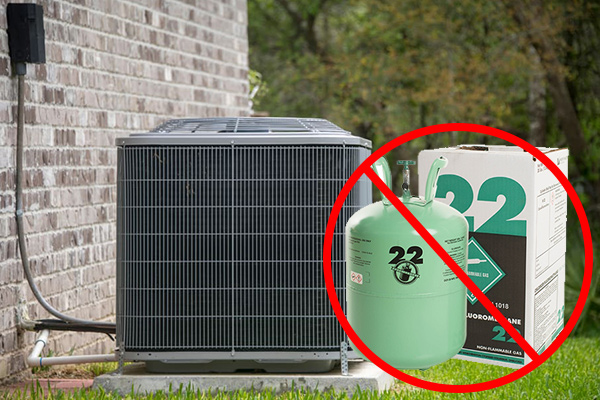
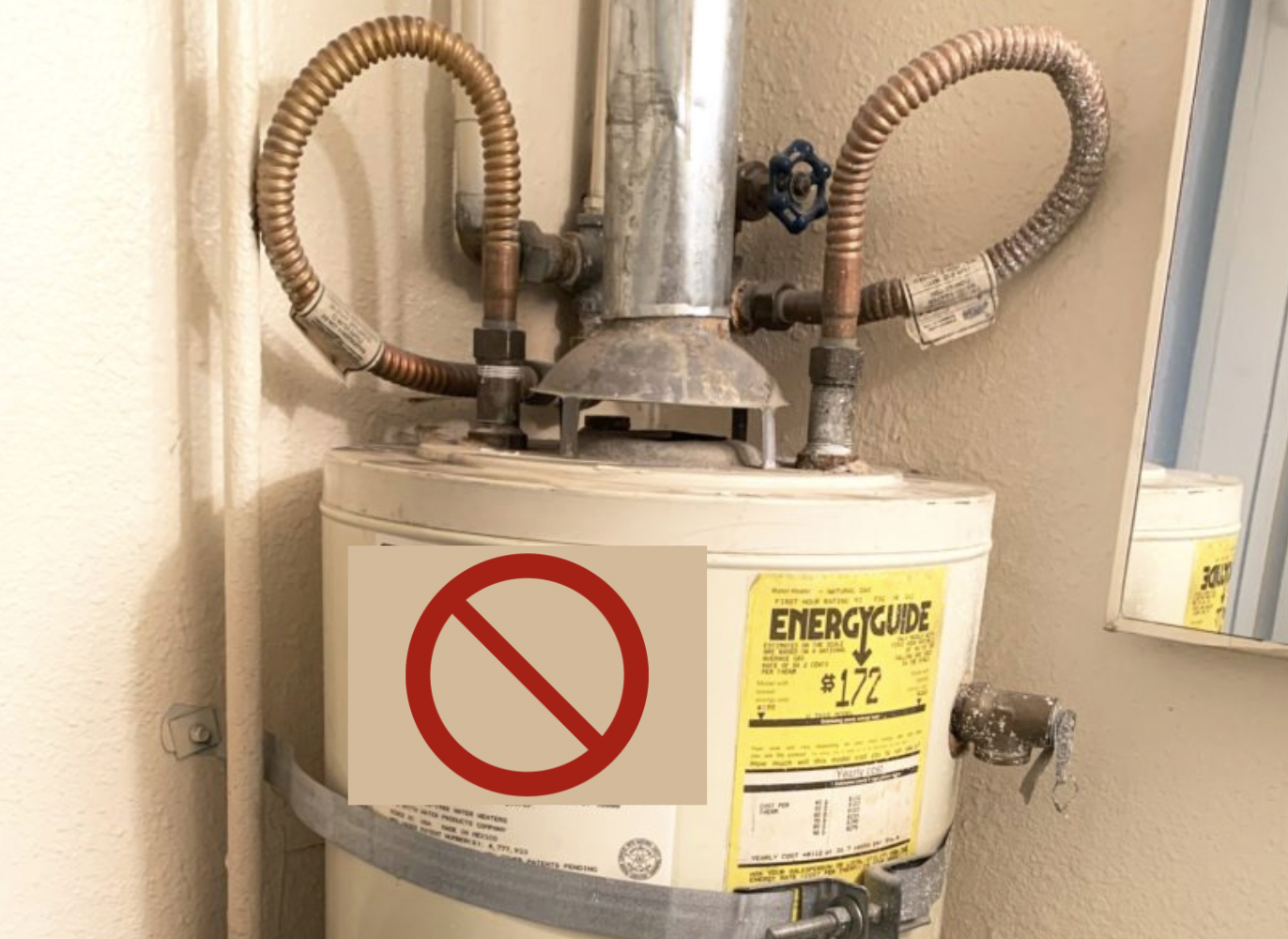
Water heating system
ENERGY STAR® certified water heaters can be safer and 50 percent less energy consuming!
Water heaters with metal flue pipes raise a lot of safety issues and risks, including flue gases that can spill into your home. Furthermore, water heaters are the second highest source of energy usage in the home, but ENERGY STAR certified water heaters reduce up to 50% of energy usage.
We choose ENERGY STAR® certified products like The Rinnai Sensei tankless water heating system that provides endless hot water with much less energy consumption.
HVAC system upgrade
Improve Heating and Cooling Systems
An oversized air conditioner results in a decrease in the system’s ability to properly dehumidify, causing an uncomfortable cool humid feeling, homeowners often mistake this as their air conditioner being too small.
Whereas, a right sized air conditioner at startup expends most of its effort toward dehumidification, as humidity levels decrease the system then cools very efficiently.
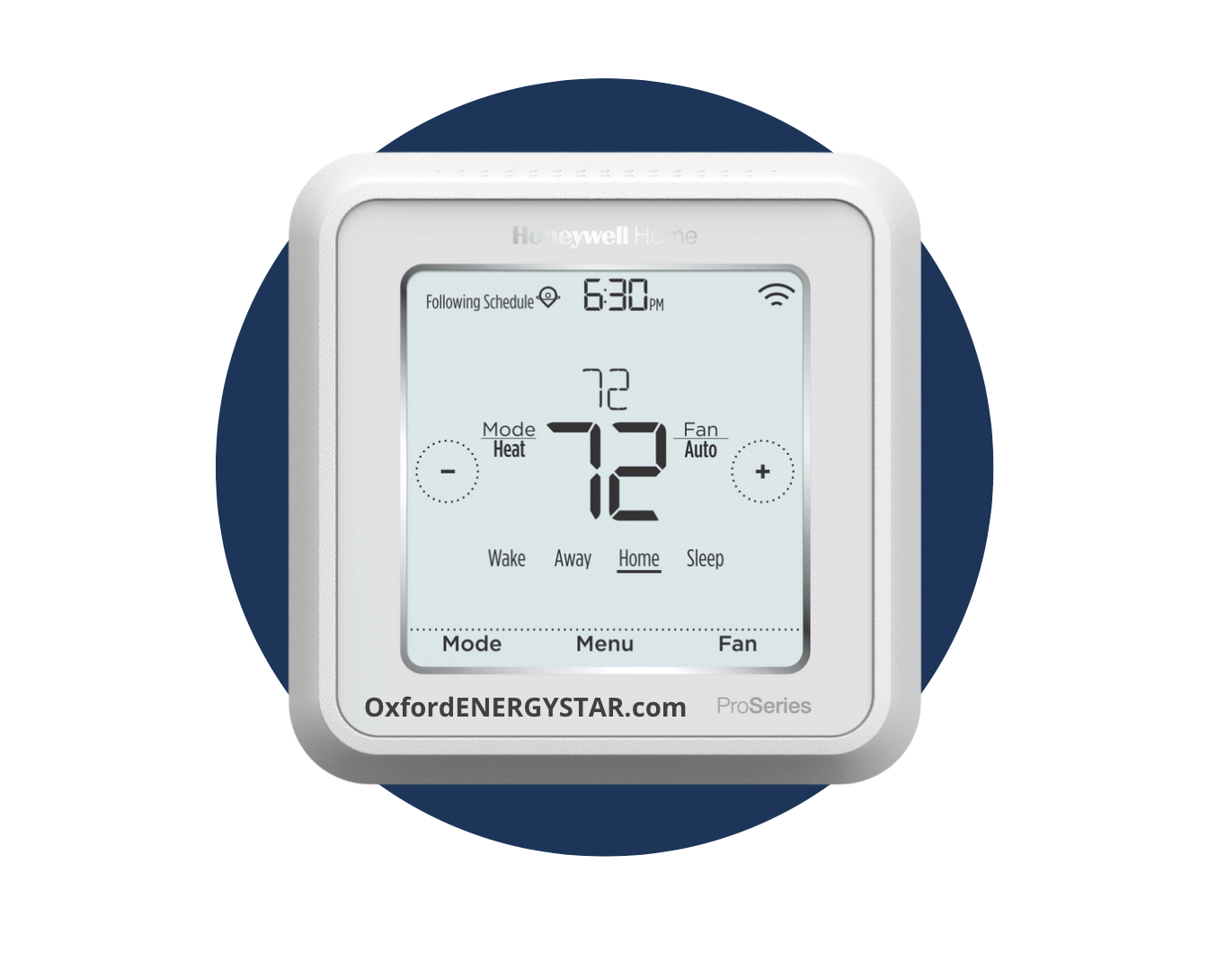
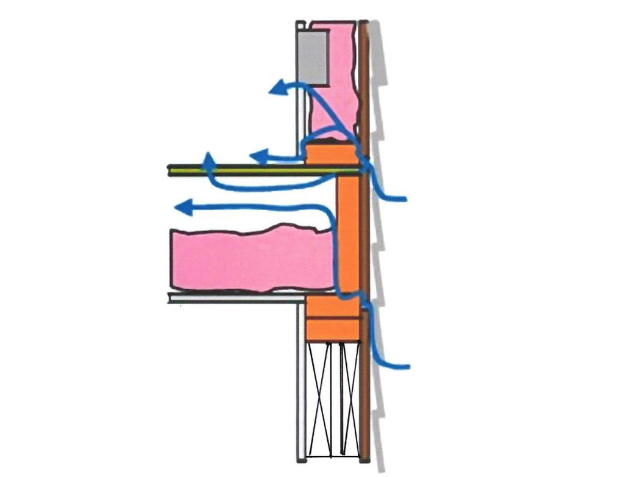
Room Over Garage
Steps toward Improvement
1. Any knee walls should have a rigid material installed on the attic side to improve the effectiveness of the wall insulation.
2. The attic of the house should be professionally air sealed and attic insulation upgraded to R-49+
3. Replace the furnace and air conditioner with properly sized units. Contractors must size the furnace and air conditioner using ACCA1 approved Manual J load calculation software as required by New Jersey State Building Codes.
SEER2 and HPSF2 ratings
NEW TESTING STANDARDS MAY AFFECT YOUR TRANE OUTDOOR UNIT
Effective January 1, 2023, the Department of Energy has mandated new minimum efficiency standards.
This new testing procedure will produce energy efficiency ratings that use new terms to describe energy efficiency: SEER2, and HPSF2.
The M1 Standard produces SEER2 and HSPF2 ratings that have lower numerical values compared to the M standard. For example, a system that is rated 16 SEER using M Standard would achieve approximately 15.2 SEER2 under M1 Standard.
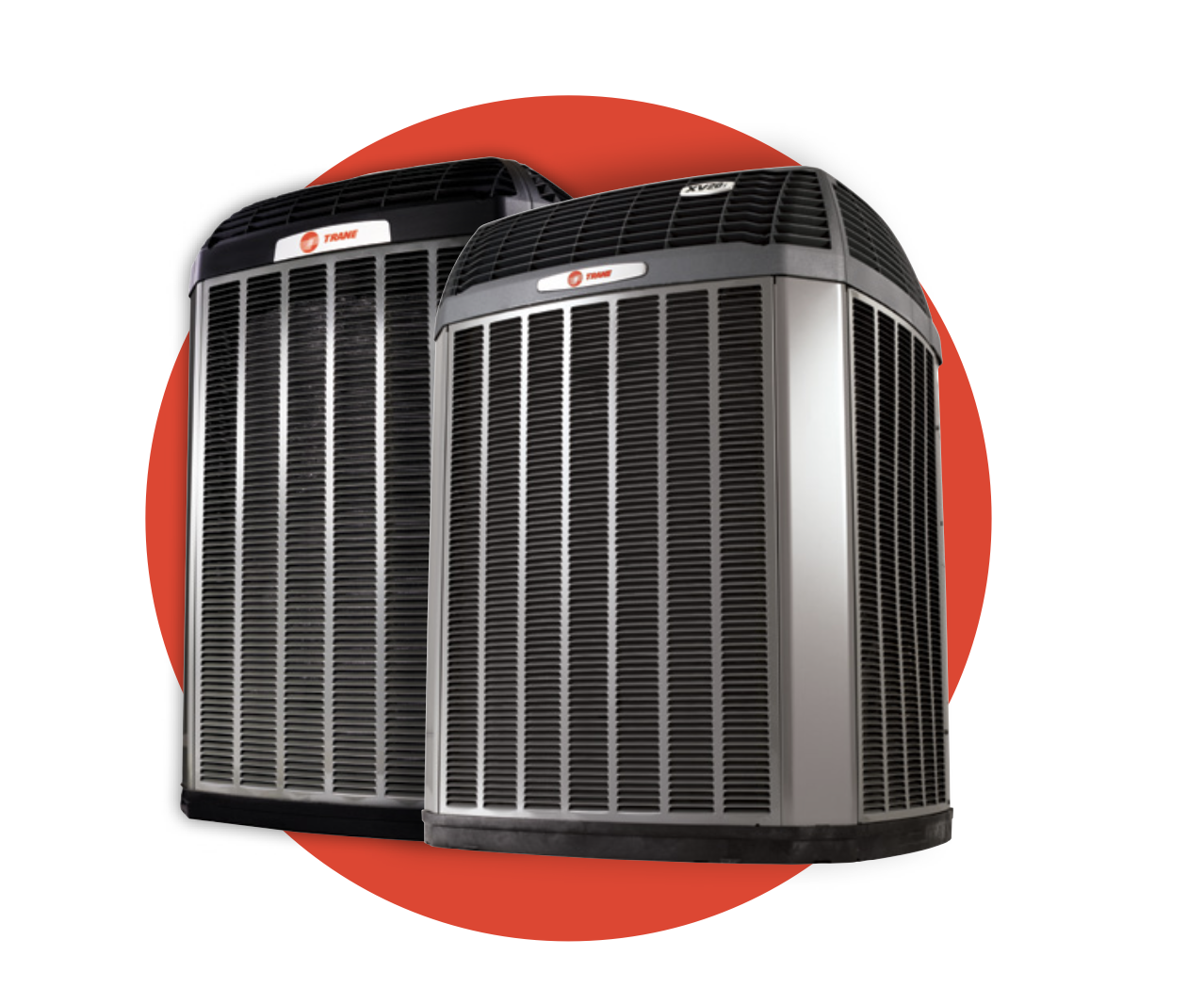
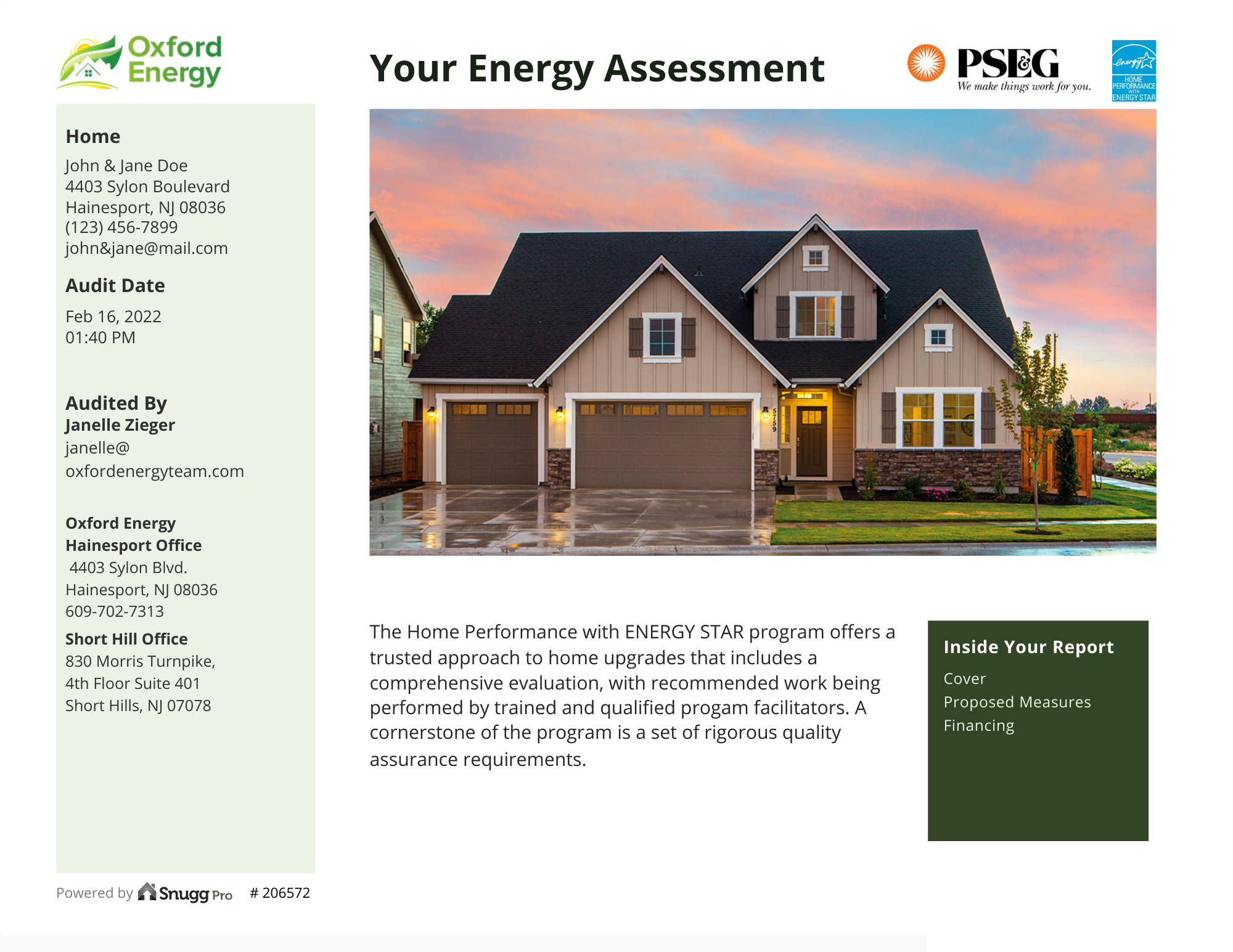
Get Your Energy Report
The Home Performance with ENERGY STAR assessment is the first step towards making your home more comfortable, improving indoor air quality, and reducing energy bills. Features to be assessed include but are not limited to heating, cooling, water heating equipment, insulation levels, and air leakage, etc. Call us at 609-702-7314 to check if you qualify for the program.
BENEFITS OF HPwES PROGRAM with Oxford Energy
You may qualify for 100% funding through your utility company after the energy assessment.
Oxford Energy is a "Turn Key" full service facilitator of the HPwES program. We treat every customer's home as if our very own!
With upgraded energy efficient homes, customers can reduce their annual utility usage up to 30%.
We only install the most reliable equipment with 10+ years manufacture's warranty.
Do you experience temperature differences in your home? Drafty areas? Air sealing, insulation and proper sized HVAC equipment will help to remove most hot and cold spots throughout your home.
The "whole-house" approach to energy efficiency can improve indoor air quality and mitigate asthma, allergies and other health-related issues.
You will receive your official Home Energy Score and Pearl Certification which can increase your home's value with national recognition.
Heating and cooling upgrades can remediate R-22 refrigerant and its harmful effects on the Ozone layer and reduce the global carbon foot print.
